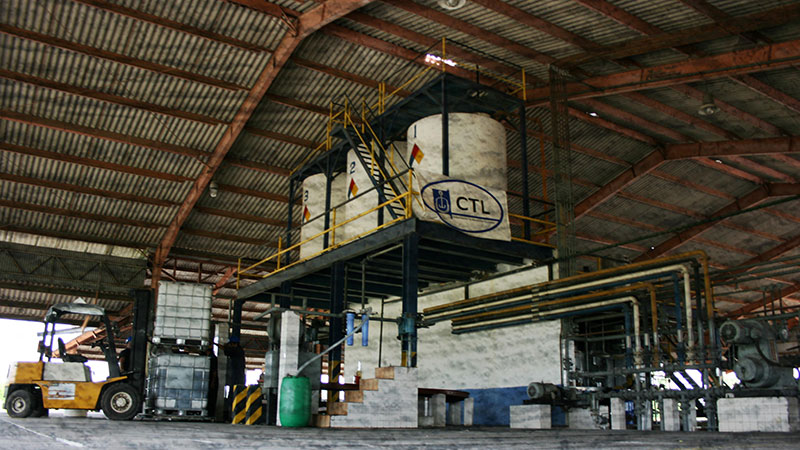Sustainability and Regulatory Pressures Continue to Drive New Crop Protection Products
The crop protection industry is facing challenges such as climate change, an aging workforce, limited arable land, and the public’s demand for transparency and sustainable food, according to an article in AgriBusiness Global DIRECT. Traditional pesticides are under threat due to increasing scrutiny from consumers and governments, leading to the development of safer solutions. However, the industry is also facing regulatory uncertainty and a decline in political influence.
Opposition groups are pitting environmental regulations against the introduction of new products, posing a threat to the industry. The Endangered Species Act and regulatory bottlenecks are also concerns for U.S. agriculture, particularly for small and medium-sized farms. Attacks on agchem undermine the industry’s financial foundation for reinvestment.
Despite these challenges, the industry recognizes the value of chemical inputs in agricultural productivity. Companies are investing in new-generation active ingredients with favorable regulatory profiles and developing digital systems for targeted application of chemicals. Manufacturers are adjusting their strategies to accommodate evolving attitudes and regulatory environments, focusing on more sustainable and eco-friendly solutions.
Research and development efforts are shifting to China, with the country becoming a major player in bringing new molecules to market. However, shifting regulatory rules and requirements could limit the availability of these solutions outside of China.
The industry acknowledges the need for a more sustainable approach to agriculture and is investing in R&D to develop innovative solutions. Collaboration between academia and the industry is crucial for the transformation towards sustainable agriculture.
Compliance with regulations is a global issue, and manufacturers must navigate the laws of different countries and regions. Agricultural retailers can benefit from this by having a field-by-field knowledge of each customer’s restrictions and advising them on appropriate products and mitigation measures.
Despite the challenges, there is optimism that the industry can feed a growing population while protecting species, improving water quality and soil health, and addressing climate concerns. The industry believes in the potential for another green revolution that produces more on fewer acres.
Read more at AgriBusiness Global DIRECT.






